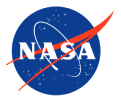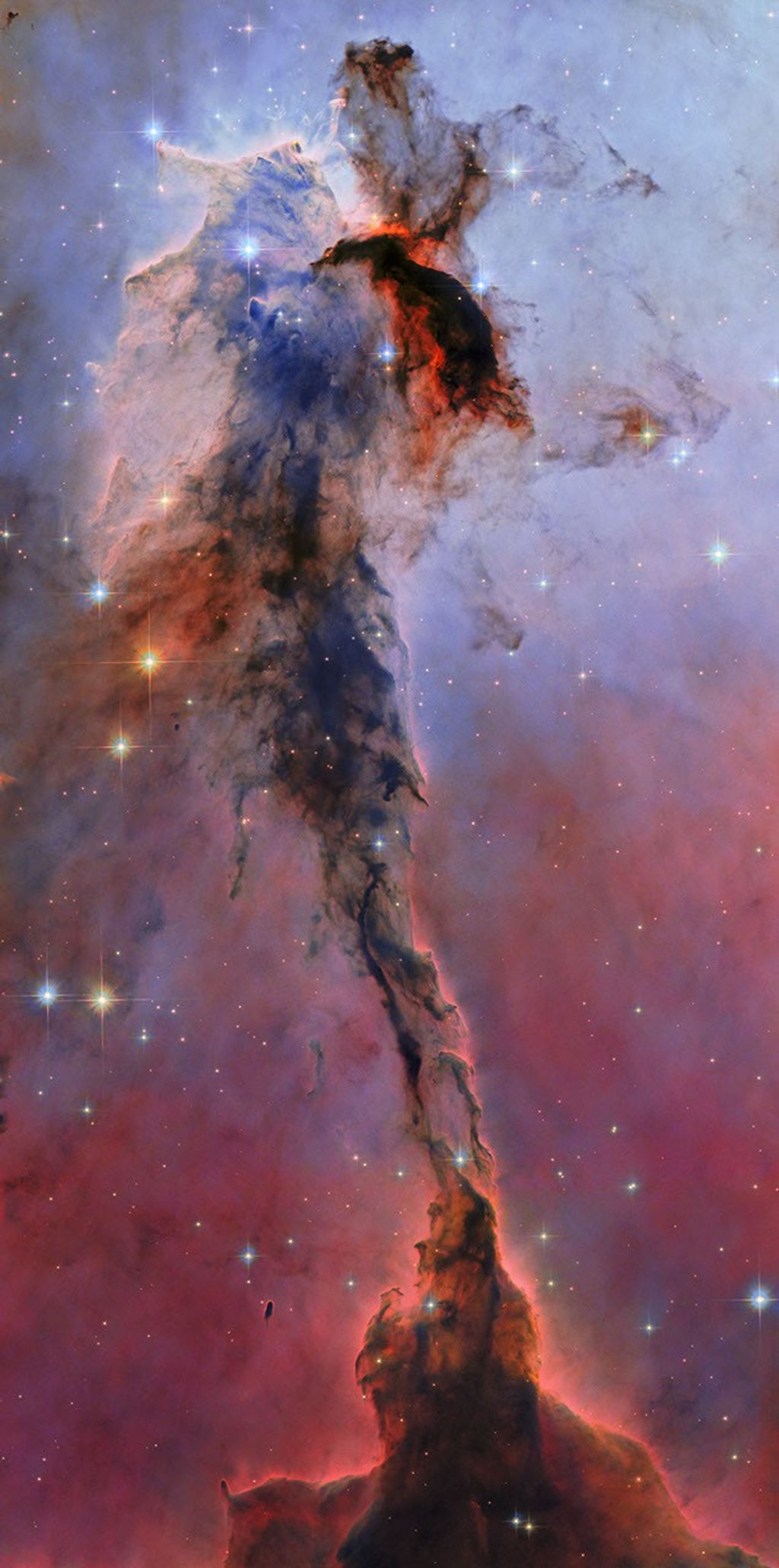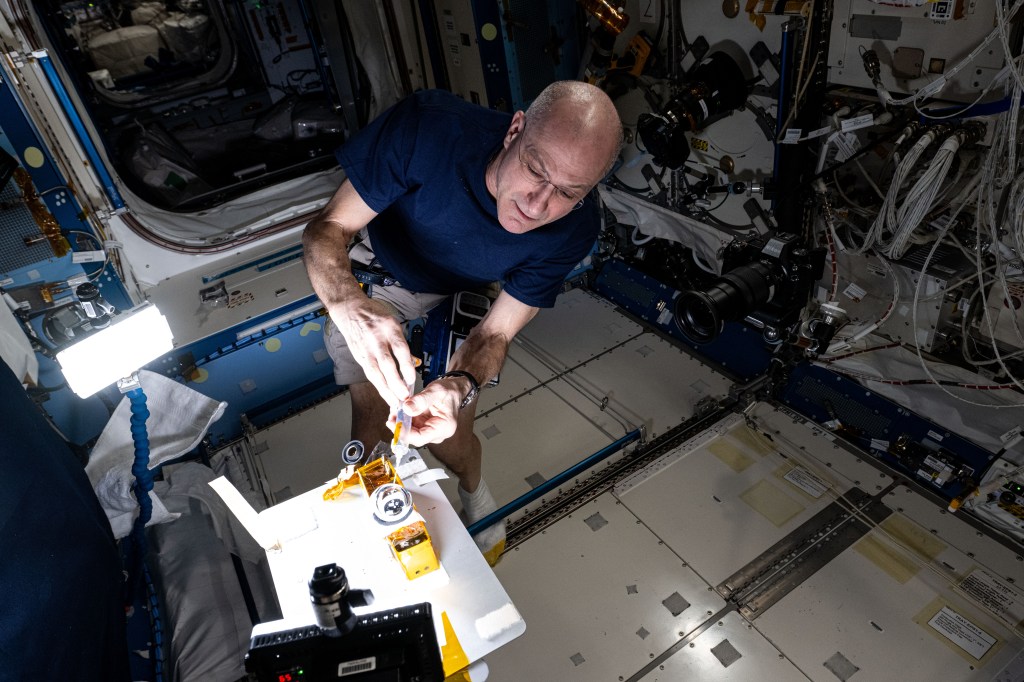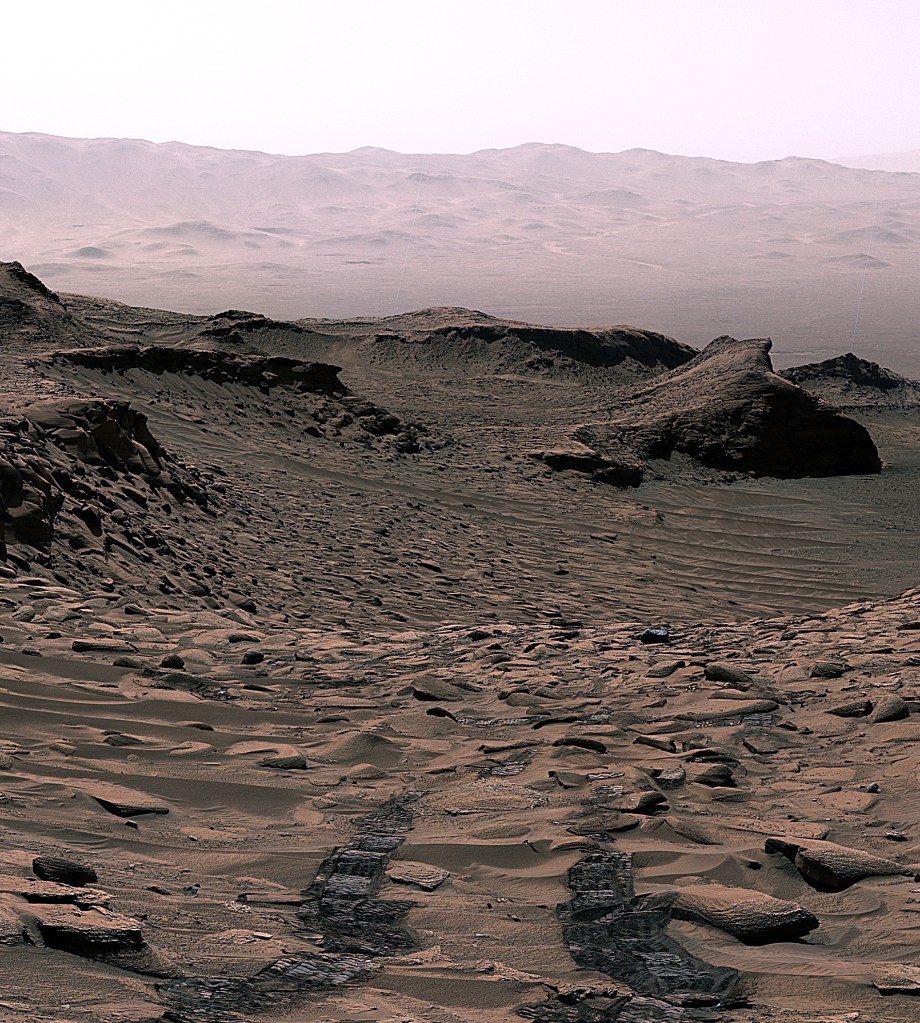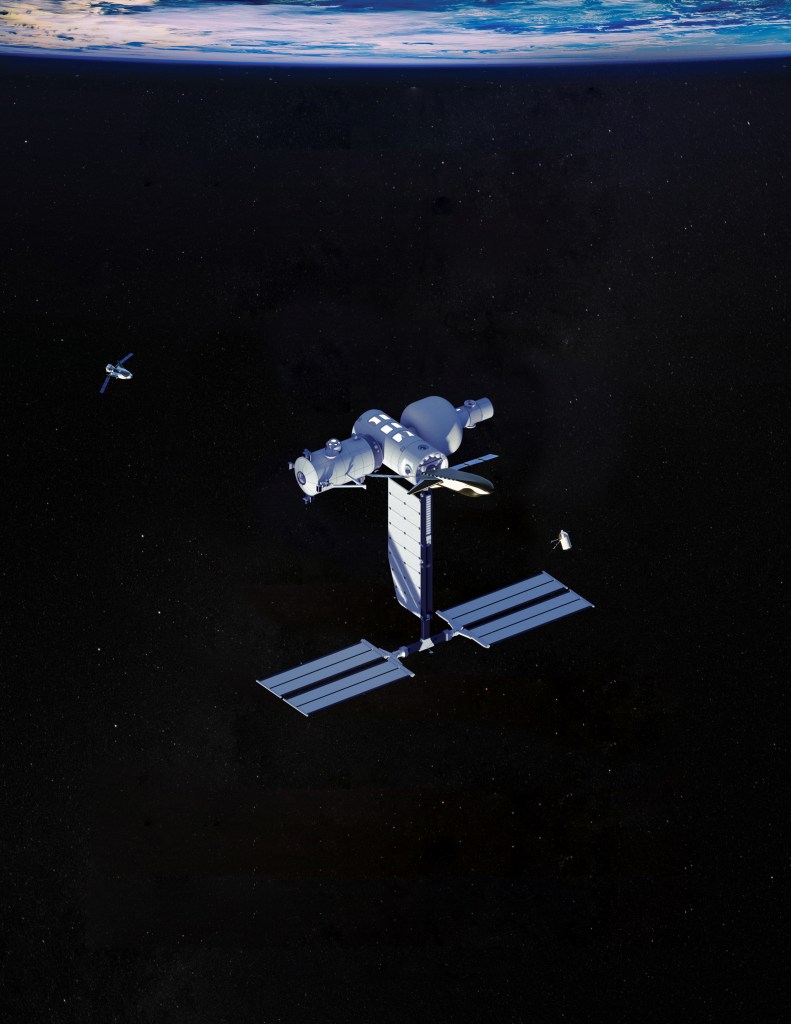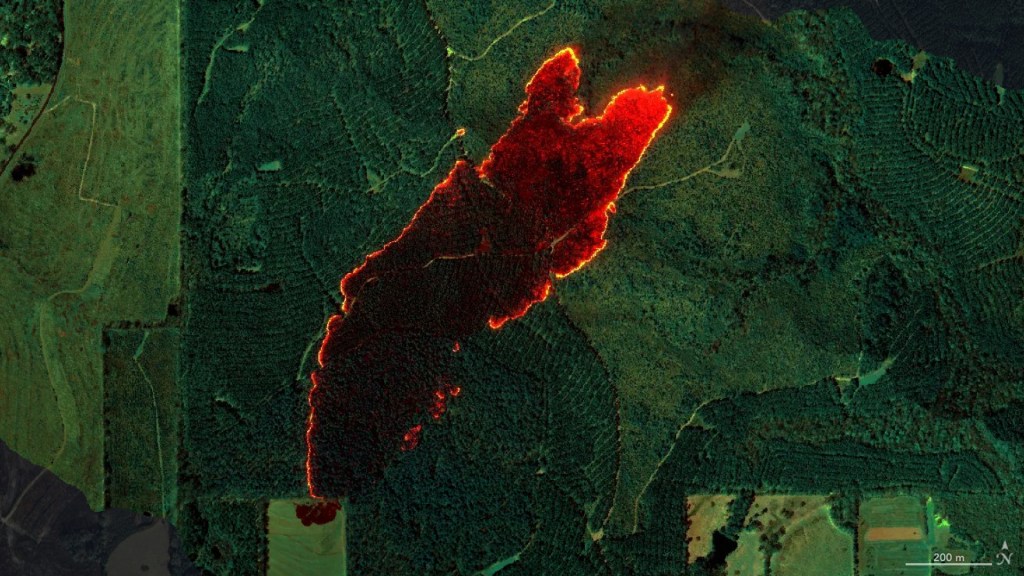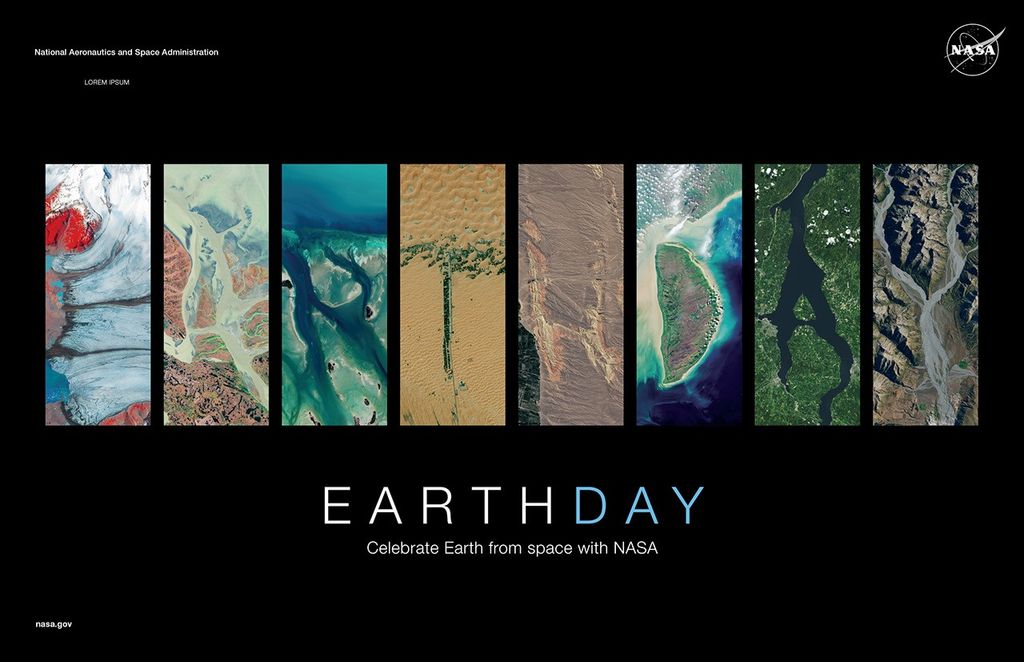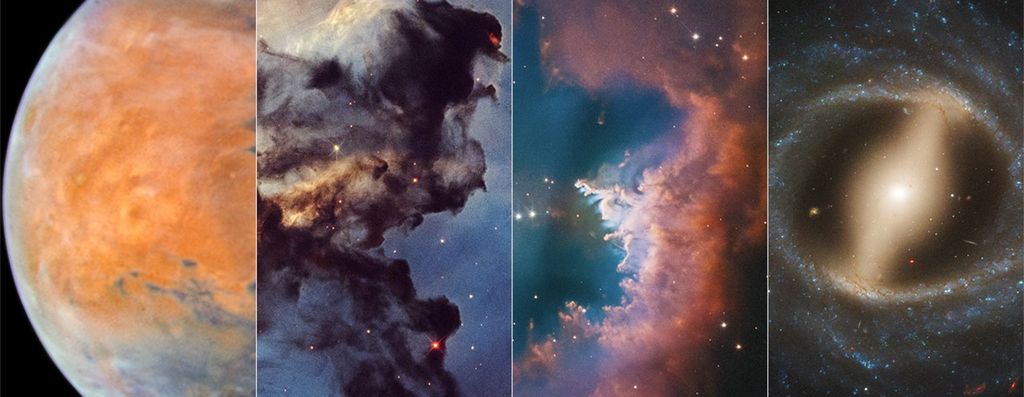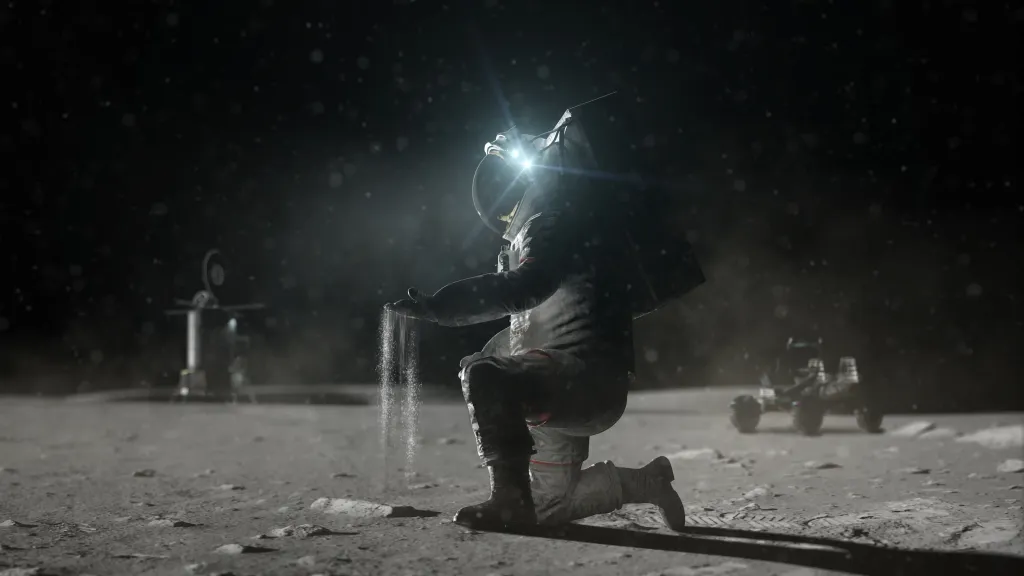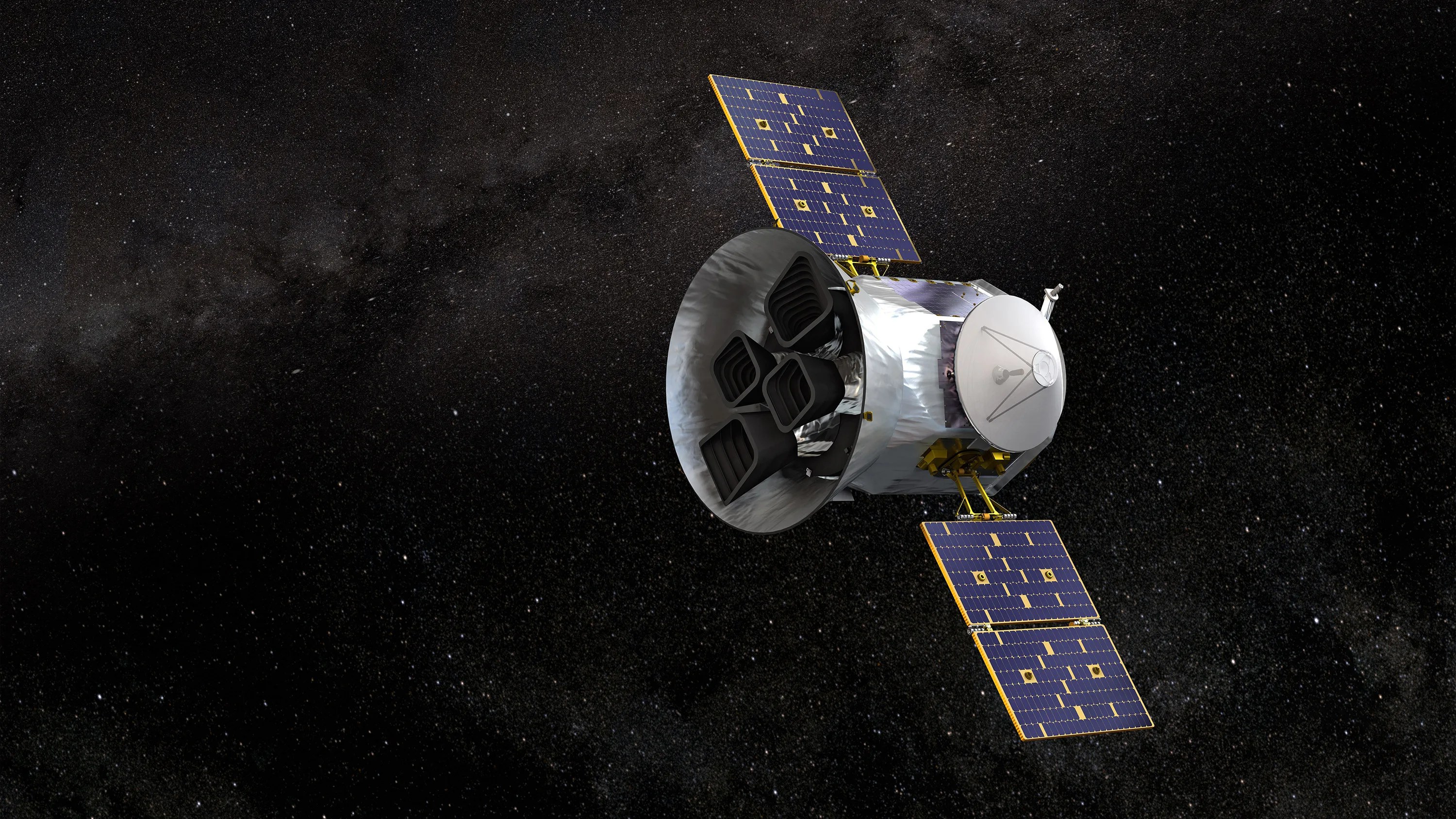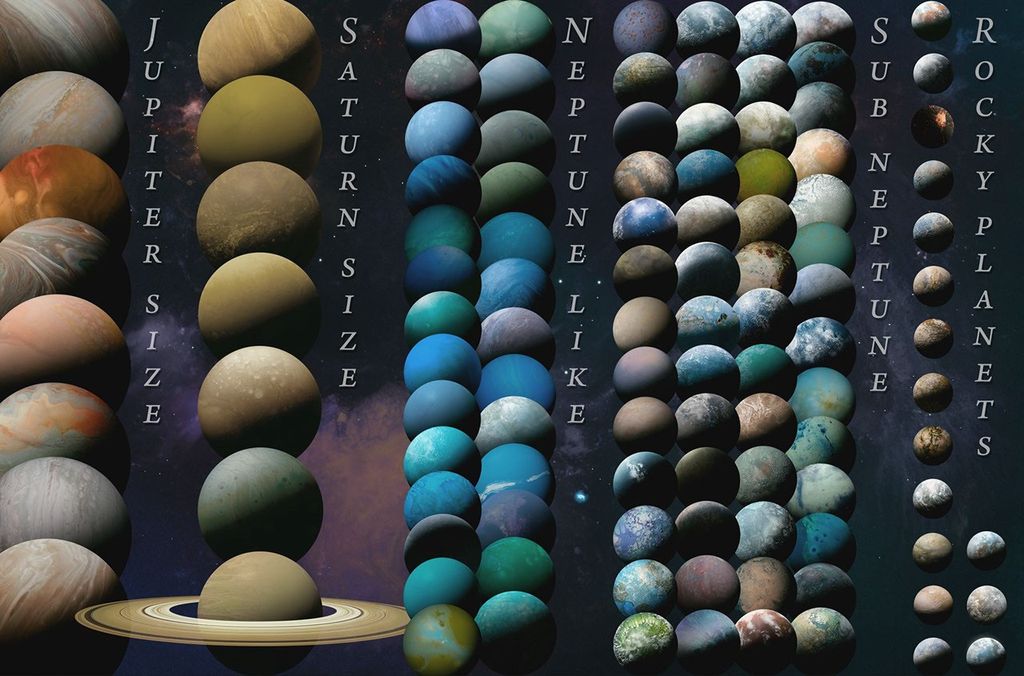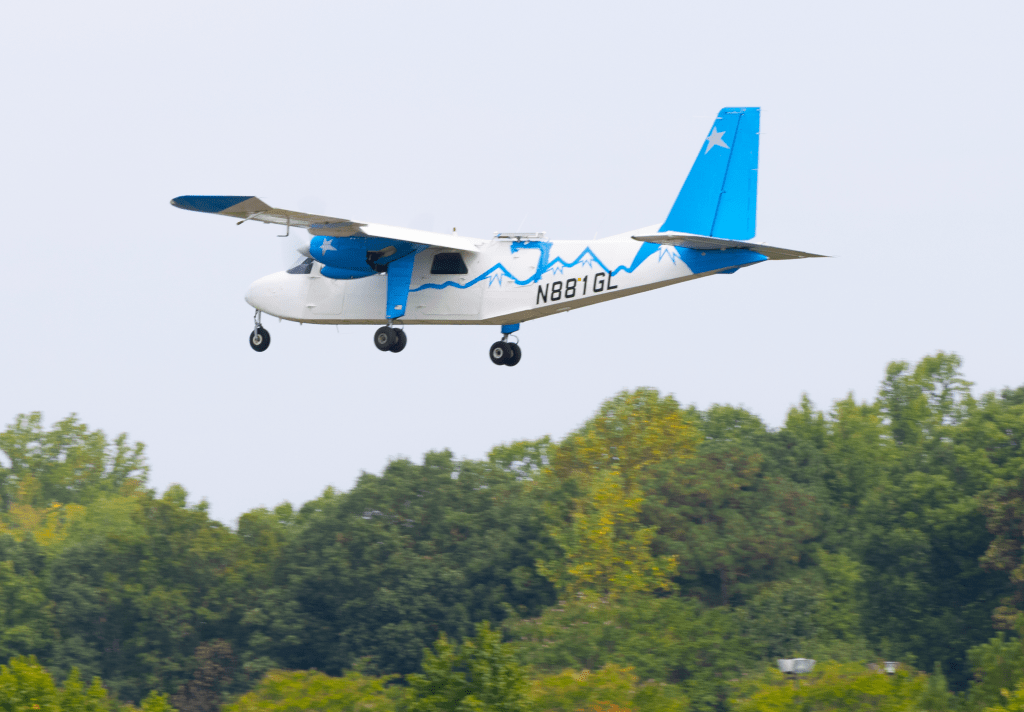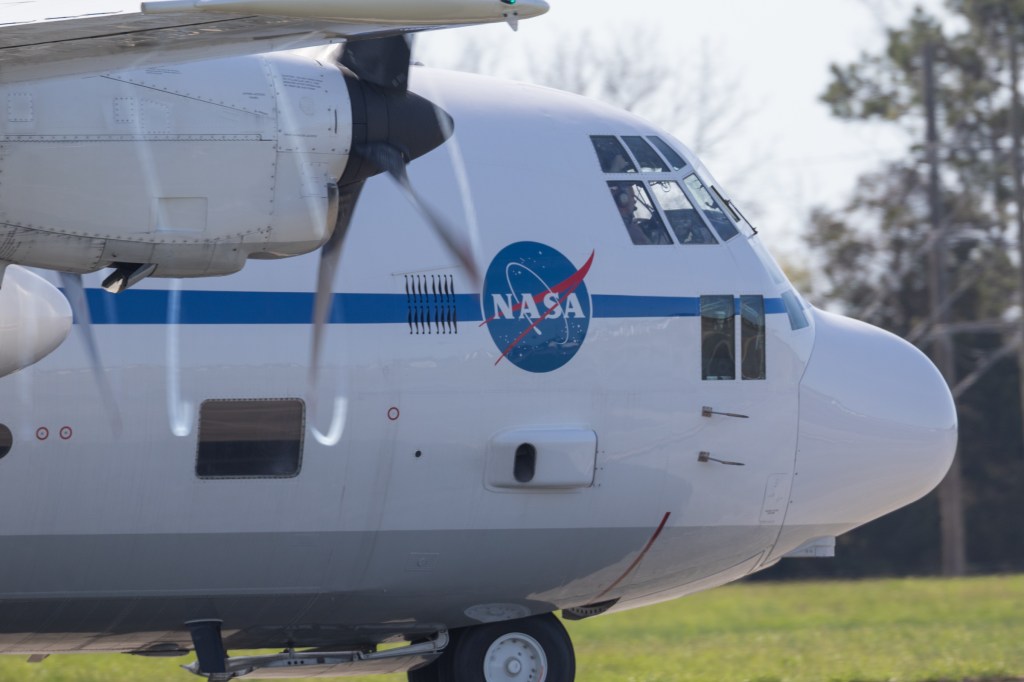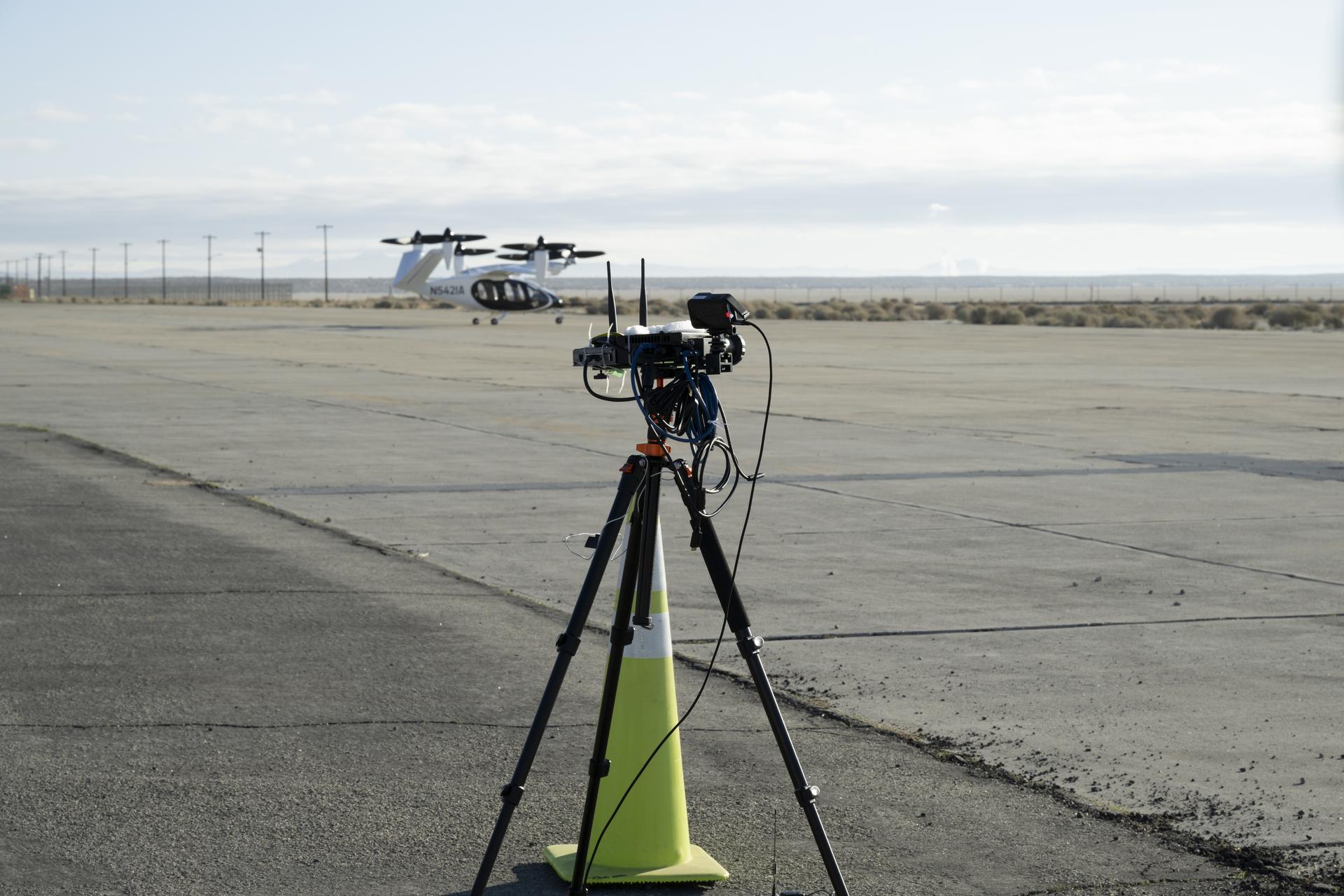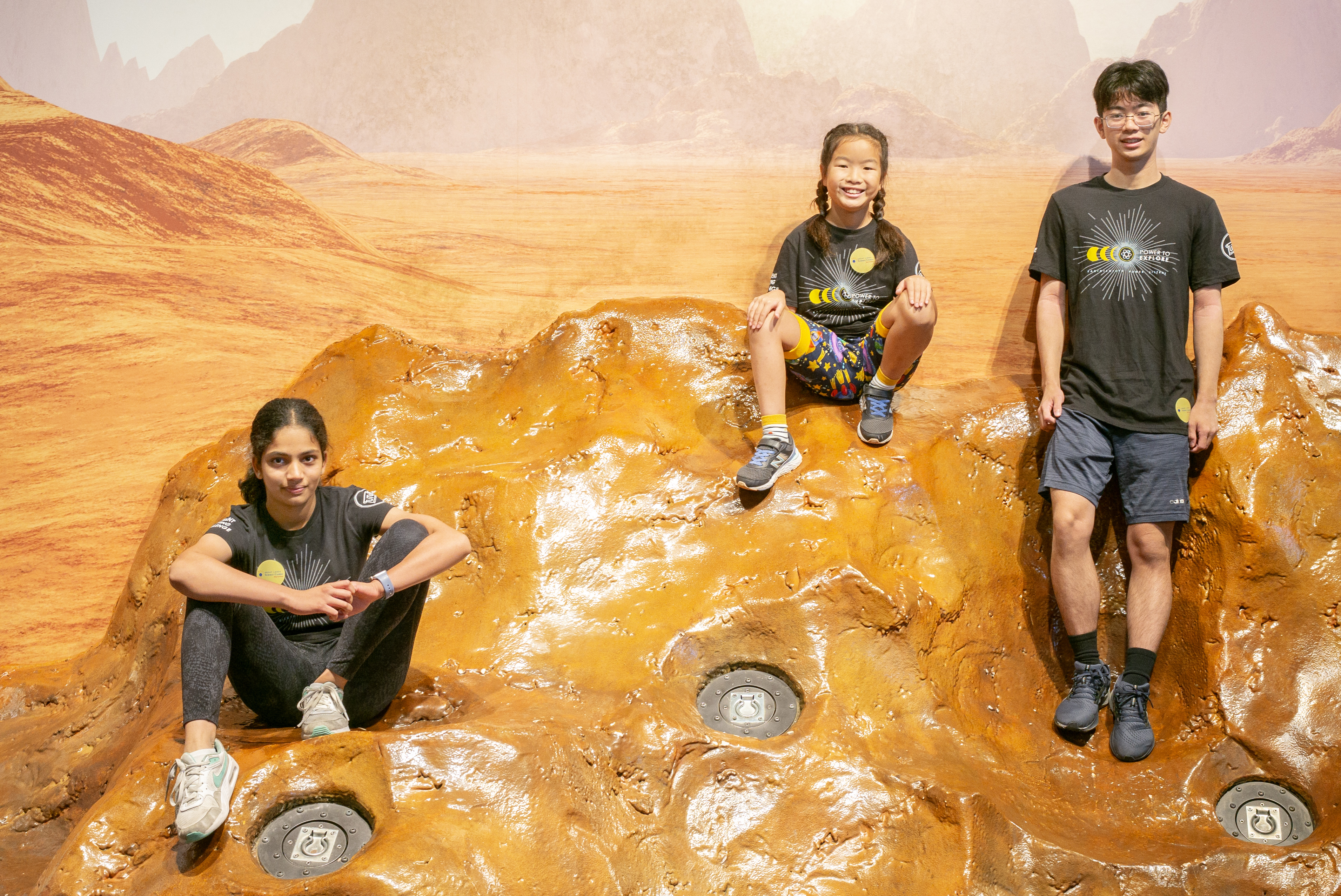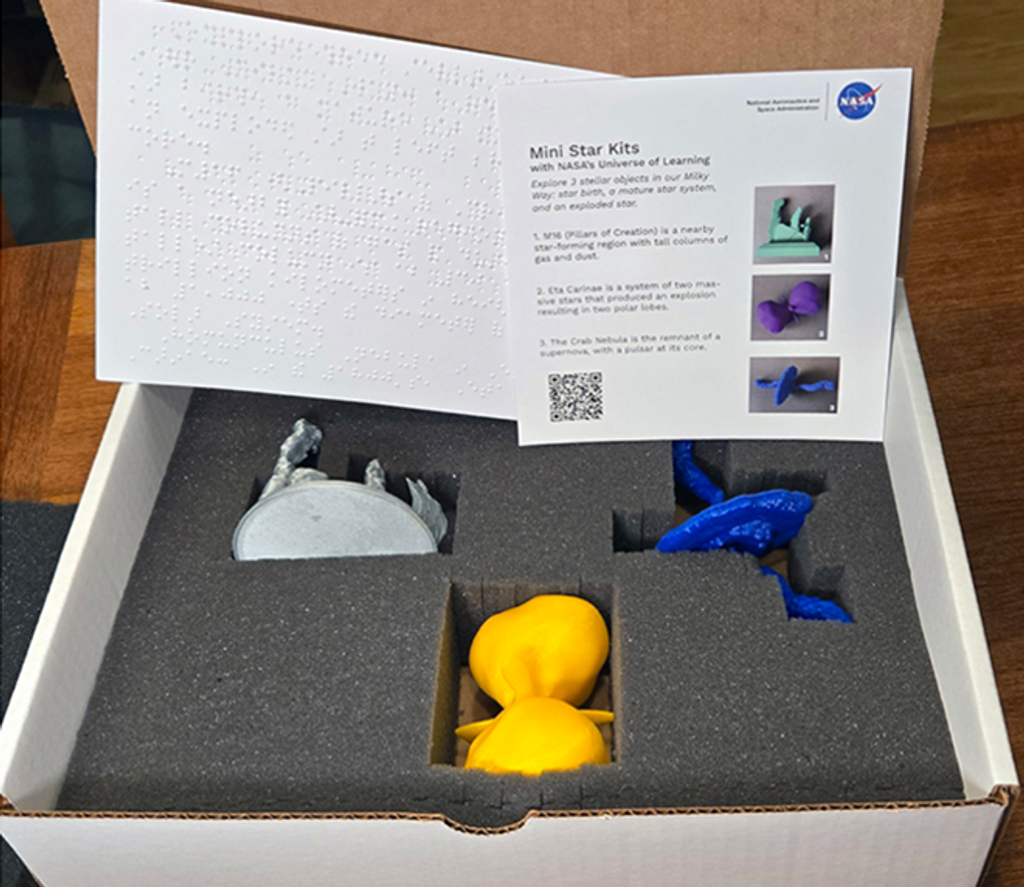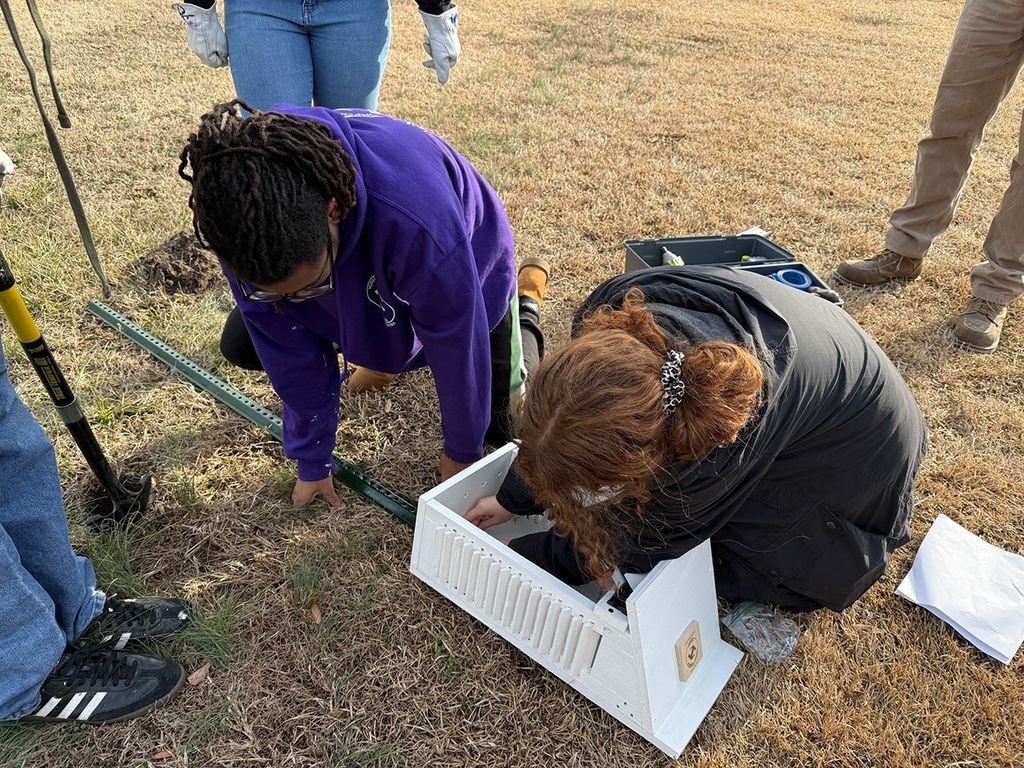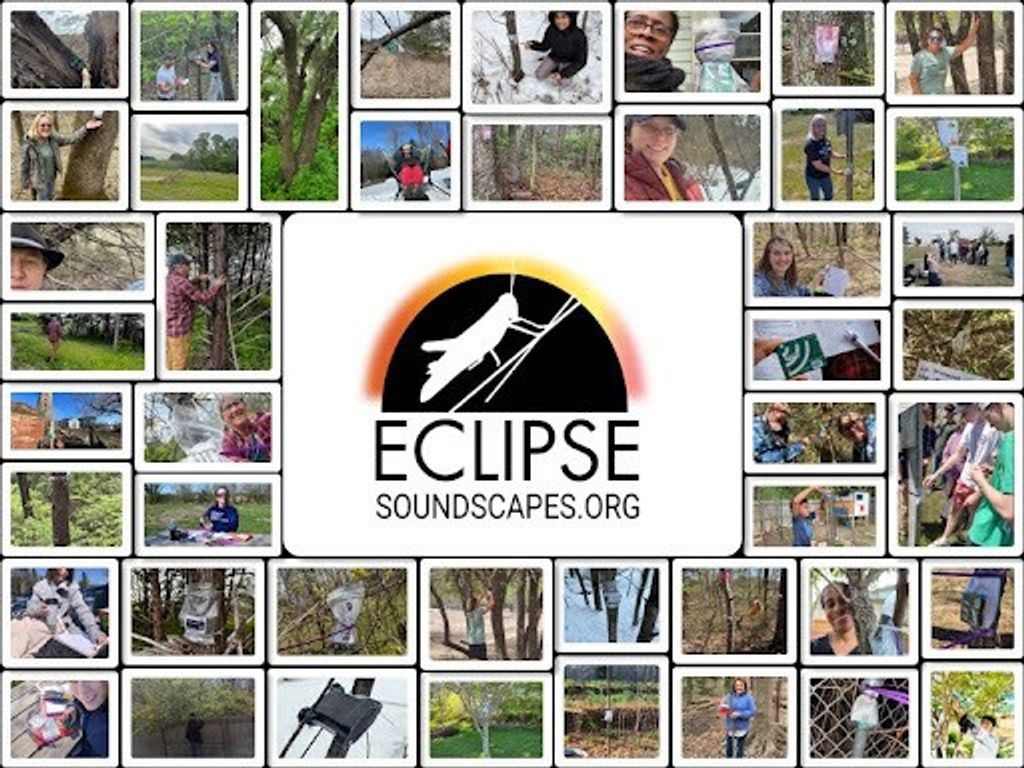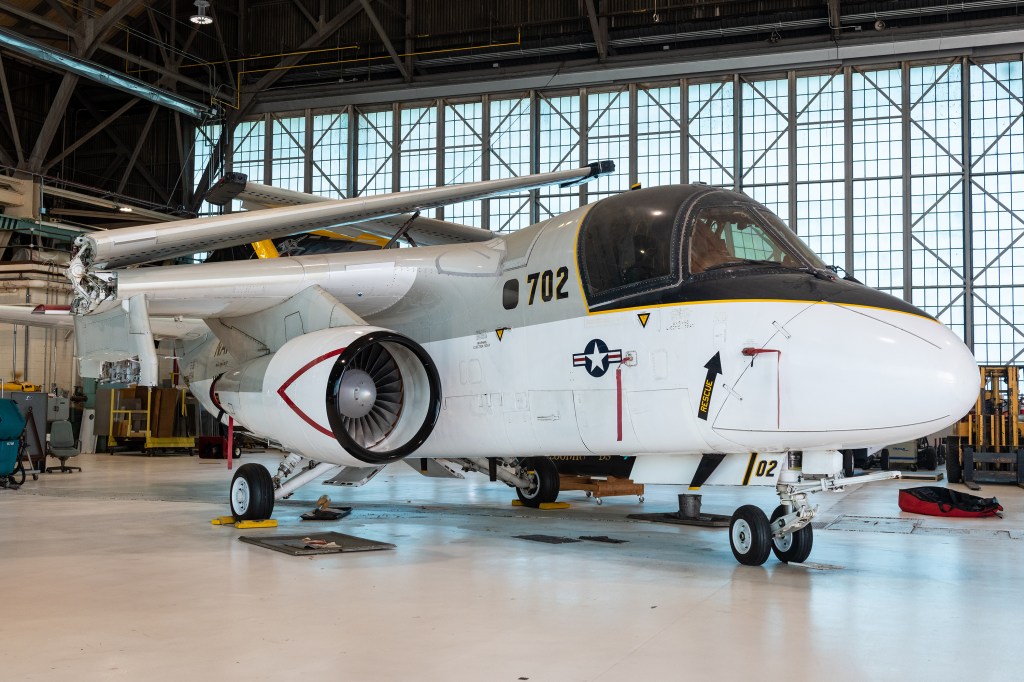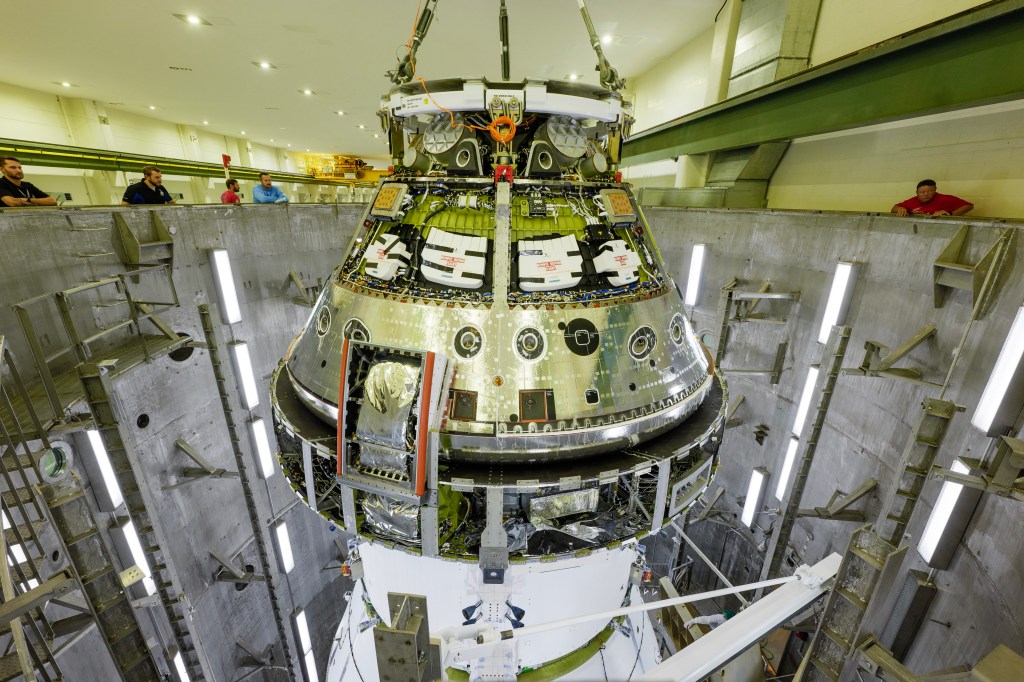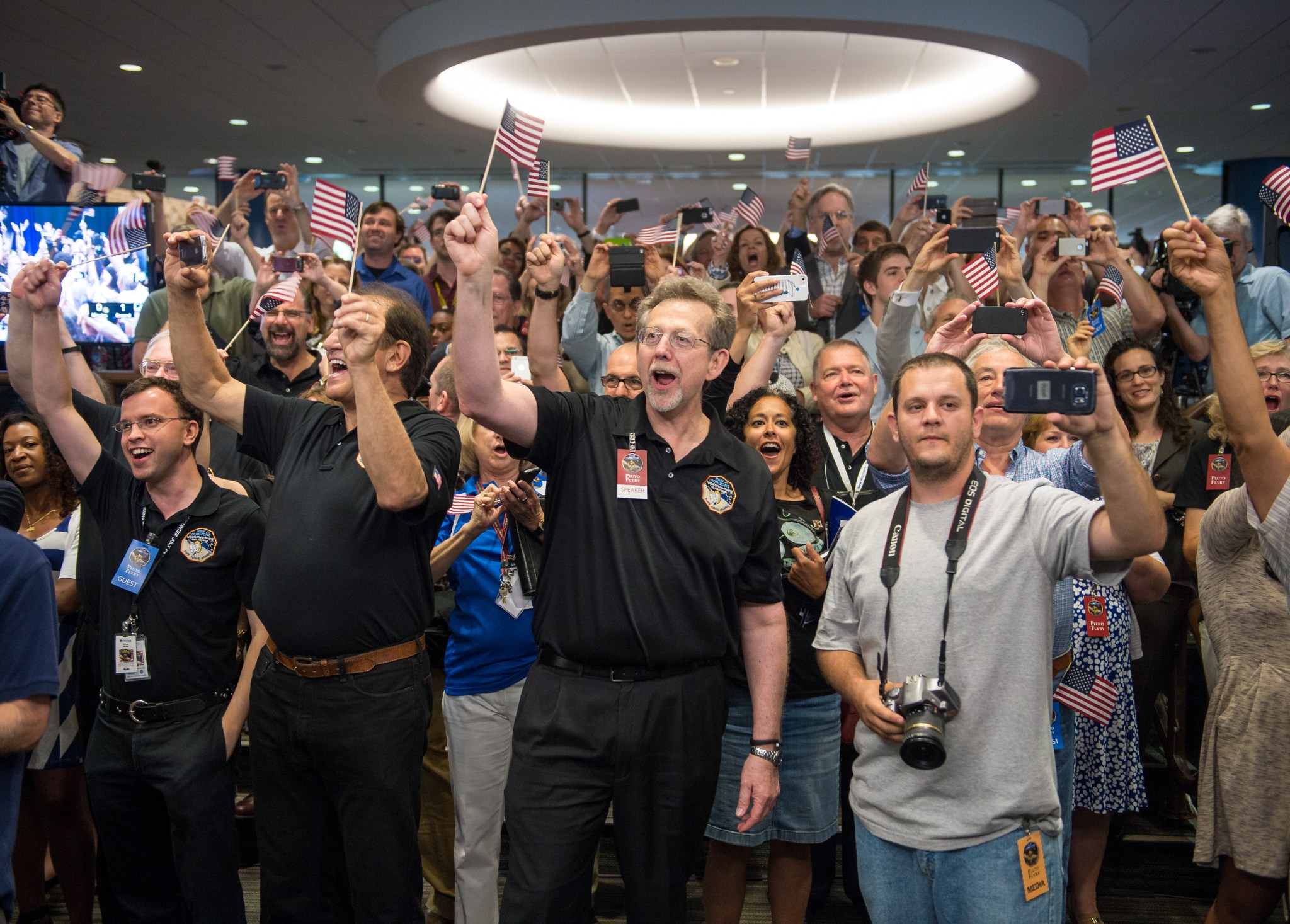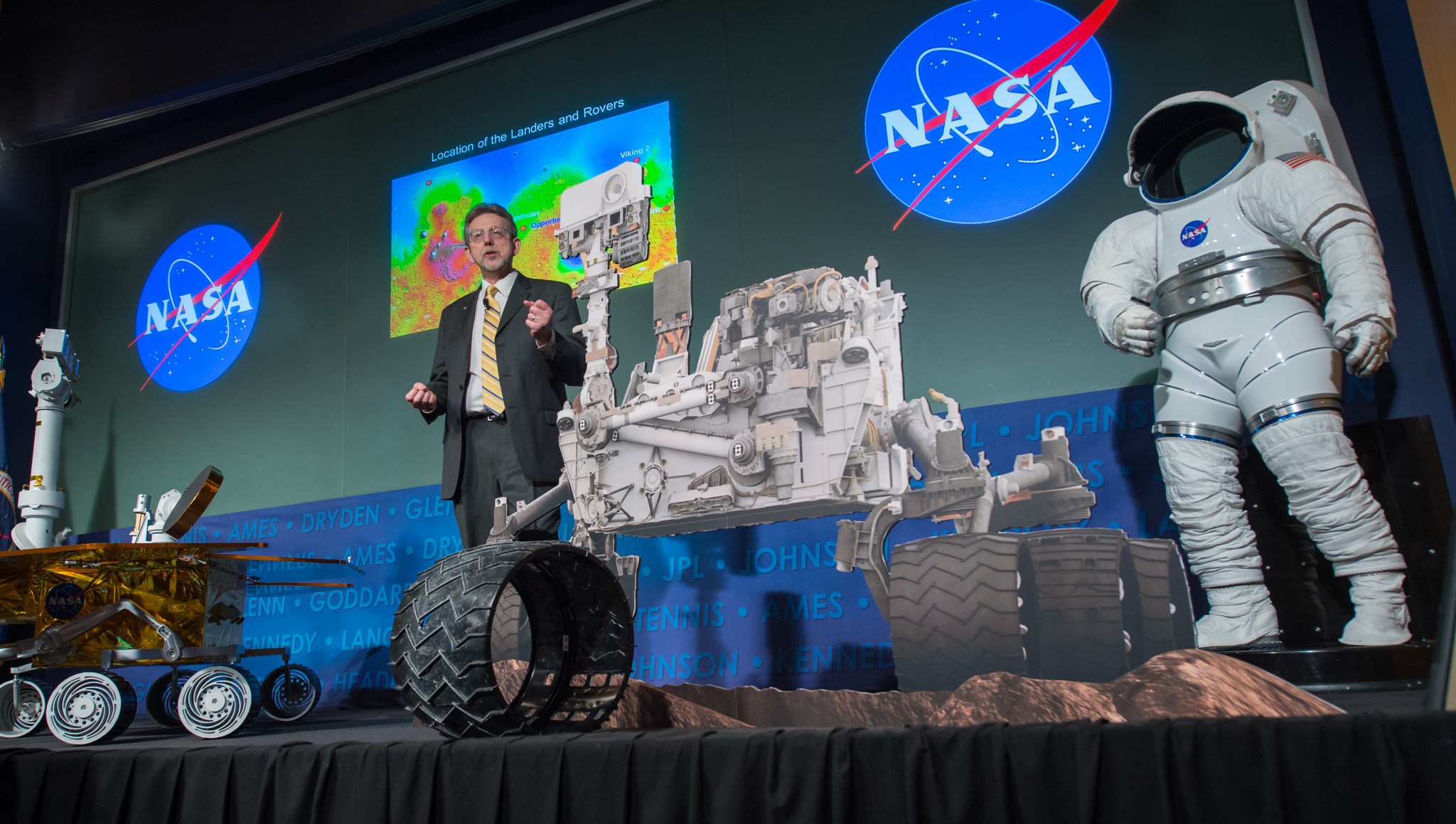
He held his breath along with much of the world during the 2012 Curiosity rover’s entry, descent and landing on Mars, described as “seven minutes of terror.” He jubilantly waved an American flag as NASA’s New Horizons spacecraft brought humanity its first views of Pluto in July 2015. On July 4, he was like an expectant father, nervously awaiting word in mission control that the Juno spacecraft had survived a daring orbital insertion at Jupiter.
Today, Aug. 15, NASA’s Jim Green observes 10 years as director of the Planetary Science Division (PSD) at the agency’s headquarters in Washington, D.C., a role that’s clearly not for the faint of heart. Already the longest-serving planetary director in NASA history, Green is responsible for NASA’s fleet of robotic explorers – orbiters, landers and rovers – that produce a steady stream of data and discoveries about our neighbors in the solar system and the role Earth plays in the universe.
“NASA’s Planetary Science Division is about understanding the origins and evolution of the solar system and looking for life beyond Earth,” Green said. “In other words, what are the conditions that could provide a habitat for life, and is there life on other planets or other parts of our solar system, perhaps even moons?”
Like a parent who loves all his children, Green doesn’t have a favorite planet, saying each is fascinating in its own right. However, Mars remains a high priority, as NASA prepares to launch the InSight mission in 2018 to learn more about the interior of the Red Planet and the Mars 2020 rover mission, to accomplish several high-priority science goals and bring the agency’s goal of human-crewed Mars missions a step closer to reality.
It was under Green’s watch that scientists confirmed evidence of liquid water on present-day Mars. Green also happens to be a sci-fi fan and was a science consultant for the movie “The Martian”; you’ll see his name on the credits if you look closely.
After receiving his Ph.D. in Space Physics from the University of Iowa in 1979, Green began working in the Magnetospheric Physics Branch at NASA’s Marshall Space Flight Center (MSFC) in Huntsville, Alabama, and he’s been with NASA ever since. His career path has taken him from Marshall to the Goddard Space Flight Center in Greenbelt, Maryland, and then to NASA Headquarters, where he became of director of the Planetary Science Division in August of 2006.
Dr. Green’s 36 years of dedication have earned him a number of awards such as the Arthur S. Flemming award in 1998 for exceptional individual performance in the federal government and Japan’s Kotani Prize in 1996 that recognized his international science data management activities.
Green’s goal is to be at NASA if and when the agency confirms the first evidence of life beyond Earth. “My current plan is not to retire until we answer the question, ‘Are we alone in the universe?’” he mused. “If we can confirm the existence of microbial life – past or present – somewhere like Mars, Europa or Enceladus, it would be mind-blowing. Of course, if we don’t find evidence of life, that’s remarkable as well.”
